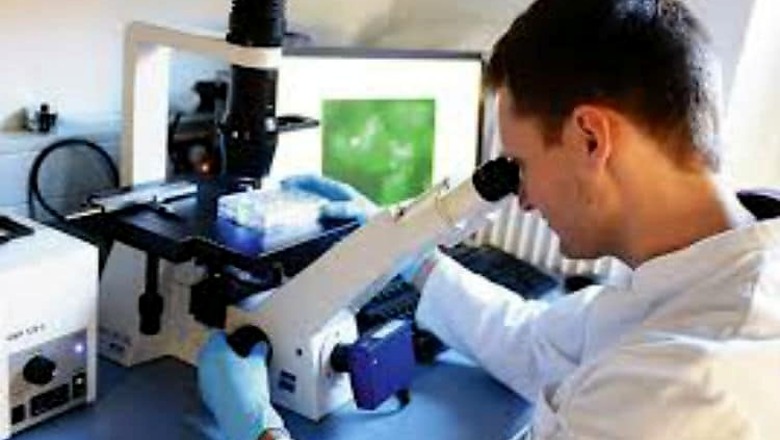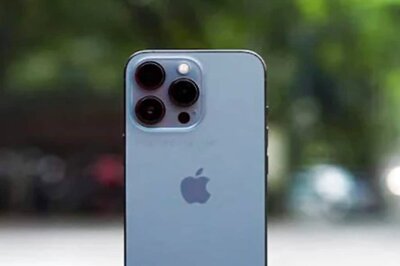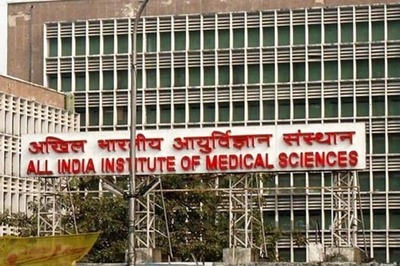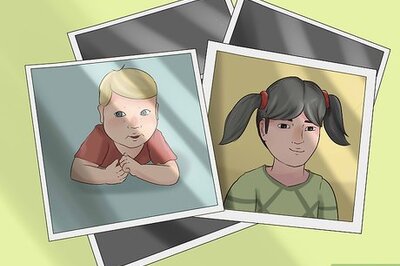
views
London: In a world first, a one-year-old girl in the UK has been successfully cured of an aggressive form of cancer, after researchers used 'molecular scissors' to edit genes and create designer immune cells to hunt out and kill drug resistant leukaemia.
The treatment, previously only tested in the laboratory, was used in Layla Richards, who had relapsed acute lymphoblastic leukaemia (ALL). She is now cancer free and doing well, doctors said.
Layla was diagnosed with ALL when she was just 14 weeks old. She had several rounds of chemotherapy to try and get rid of the cancer and was then given a bone marrow transplant (BMT) so her damaged blood cells could be replaced.
Despite all this, the doctors were unable to kill of the cancer cells. Recent developments have led to treatments where immune cells, known as T-cells, are gathered from patients and programmed using gene therapy to recognise and kill cancerous cells.
However, individuals with leukaemia, or those who have had several rounds of chemotherapy, often do not have enough healthy T-cells to collect and modify. The team at Great Ormond Street Hospital (GOSH) in UK used modified T-cells from donors, known as UCART19 cells, to treat Layla, for whom palliative care was deemed the only option left.
The treatment works by adding new genes to healthy donor T-cells, which arm them against leukaemia. Using molecular tools that act like very accurate scissors, specific genes are then cut in order to make the T-cells behave in two specific ways. Firstly, the cells become invisible to a powerful leukaemia drug that would usually kill them and secondly they are reprogrammed to only target and fight against leukaemia cells.
The team at GOSH and the University College London Institute of Child Health (UCL ICH), along with researchers at biotech company Cellectis, had been developing 'off-the-shelf' banks of these donor T-cells. "The treatment was highly experimental and we had to get special permissions, but she appeared ideally suited for this type of approach," said Waseem Qasim, professor at UCL ICH.
"As this was the first time that the treatment had been used, we didn't know if or when it would work and so we were over the moon when it did. Her leukaemia was so aggressive that such a response is almost a miracle," said Paul Veys, Director of bone marrow transplant at GOSH and the patient's lead clinician.
"We have only used this treatment on one very strong little girl, and we have to be cautious about claiming that this will be a suitable treatment option for all children," said Qasim.
"But, this is a landmark in the use of new gene engineering technology and the effects for this child have been staggering," he said. "If replicated, it could represent a huge step forward in treating leukaemia and other cancers," he added.




















Comments
0 comment